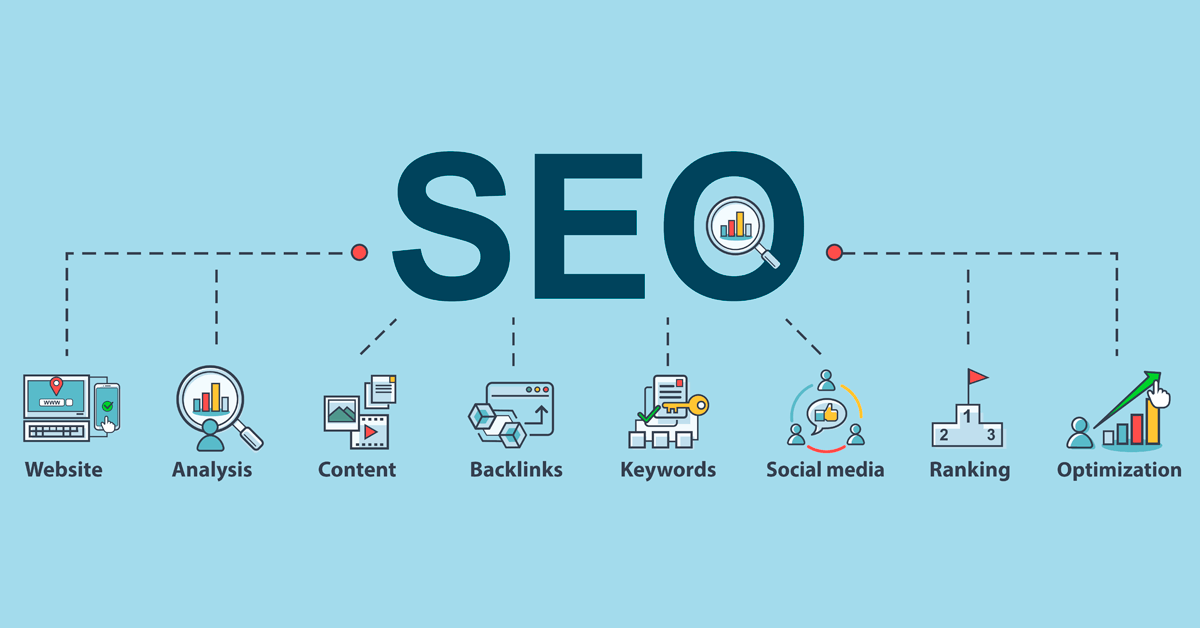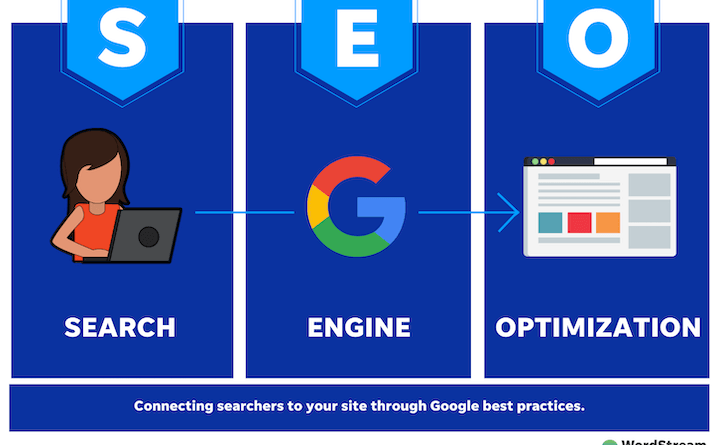What is SEO? How does it Work?
Search Engine Optimization, or SEO, is a digital marketing strategy aimed at increasing website visibility on search engines such as Google, Bing, and Yahoo. SEO involves a set of techniques and practices that help search engines better understand a website’s content and rank it higher in search results pages.

SEO is crucial for businesses of all sizes because it drives traffic to a website and improves its online presence. The higher a website ranks in search results, the more likely users are to click on it and engage with its content. In this article, we’ll explore the basics of SEO, including how it works, the different types of SEO, and some best practices for optimizing a website for search engines.
How does SEO work?
Search engines use complex algorithms to determine which websites to show in search results and in what order. These algorithms take into account many factors, including the relevance and quality of a website’s content, the number of backlinks pointing to the site, and the overall user experience on the site.
SEO involves optimizing a website in a way that aligns with these algorithms, making it more likely that the site will rank higher in search results. This optimization involves both on-page and off-page techniques.
On-page SEO refers to optimization techniques that are applied directly to a website. These include:
Keyword research and optimization: Identifying the most relevant keywords for a website’s content and optimizing the site’s pages to target those keywords.
Title tags and meta descriptions: Creating unique and compelling title tags and meta descriptions that accurately describe the content on each page.
Content optimization: Creating high-quality, original, and relevant content that targets specific keywords and provides value to users.
Header tags: Using header tags (H1, H2, H3, etc.) to structure content in a way that is easy for users to read and helps search engines better understand the site’s content.
Internal linking: Creating a logical and well-structured internal linking system that connects related content on the site.
Off-page SEO refers to optimization techniques that are applied outside of a website. These include:
Backlinking: Acquiring high-quality backlinks from other websites that point to a website’s content.
Social media marketing: Using social media platforms to promote a website’s content and build its online presence.
Guest blogging: Writing and publishing articles on other websites that link back to a website’s content.
Online directories: Listing a website in online directories to increase its visibility and build backlinks.
Types of SEO
There are three main types of SEO: technical, on-page, and off-page.
Technical SEO: This type of SEO involves optimizing a website’s technical structure to improve its search engine ranking. Technical SEO includes elements such as site speed, mobile-friendliness, SSL security, and structured data markup.
On-page SEO: As mentioned earlier, on-page SEO refers to optimization techniques that are applied directly to a website. This includes keyword research and optimization, content optimization, title tags and meta descriptions, header tags, and internal linking.
Off-page SEO: Off-page SEO refers to optimization techniques that are applied outside of a website. This includes backlinking, social media marketing, guest blogging, and online directories.
Best practices for SEO
To optimize a website for search engines, it’s important to follow some best practices. Here are some of the most important ones:
Focus on user experience: The ultimate goal of SEO is to provide users with the best possible experience. This means creating high-quality, original, and relevant content that provides value to users, and designing a website that is easy to navigate and use.
Conduct keyword research: Identifying the most relevant keywords for a website’s content is crucial for SEO. Use tools such as Google


